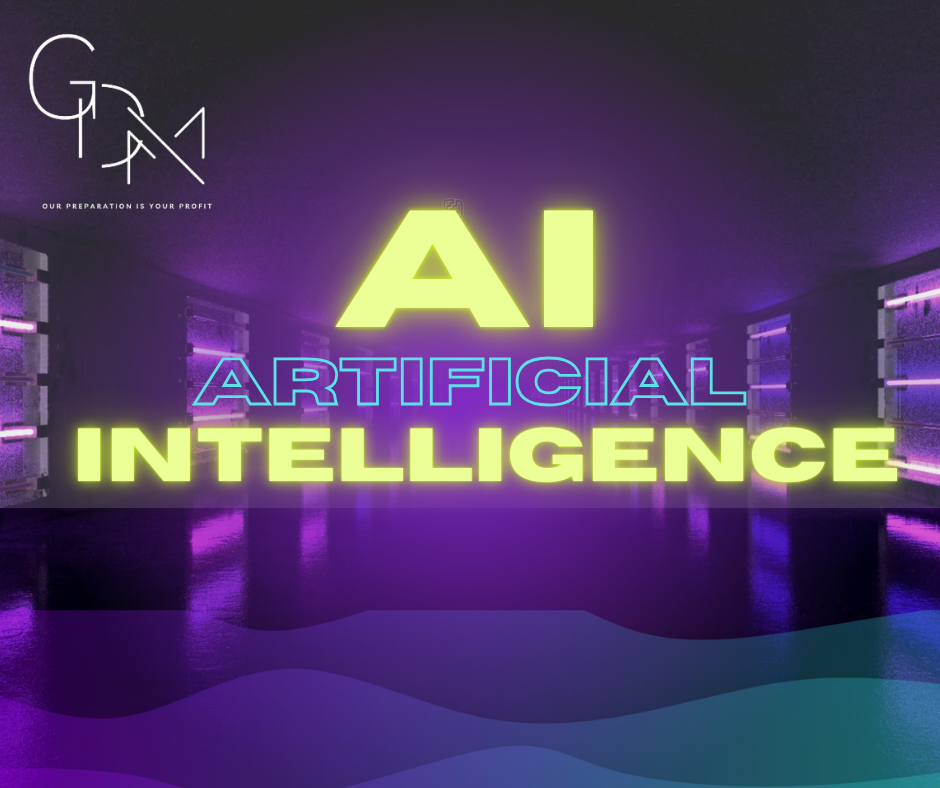Generative Artificial Intelligence (AI) refers to a subset of AI that focusses on creating new content, such as text, images, audio, and video, based on the data it has been trained on. Unlike traditional AI models that are designed to make predictions or classifications, generative AI models learn the patterns and structures of their training data to generate new, similar data. Here are some key aspects:
How It Works
Generative AI models, such as generative adversarial networks (GANs) and transformer-based models like GPT, are trained on large datasets. They learn to understand the underlying patterns and can then generate new content that mimics the style and structure of the original data.
Applications
- Text Generation: Tools like GPT-4 can write essays, articles, and even poetry.
- Image Creation: Models like DALL-E can create images from textual descriptions.
- Music and Audio: AI can compose music or generate realistic human speech.
- Video Generation: AI can create videos based on text inputs or other data.
Benefits and Challenges
Generative AI has numerous benefits, including automating content creation, enhancing creativity, and providing personalised experiences. However, it also poses challenges such as ethical concerns, potential misuse, and the need for large computational resources.
Digital Marketing Course by GDMA Institute
The GDMA Institute offers a comprehensive digital marketing course designed to equip students with the latest skills and knowledge in the field. This course covers various aspects of digital marketing, including SEO, social media marketing, content creation, and data analytics, preparing students for successful careers in the digital marketing industry.


One Response
[…] GDMA Institute offers a specialised course on generative AI designed to provide in-depth knowledge and practical skills in this cutting-edge field. Here’s an overview of what the course […]